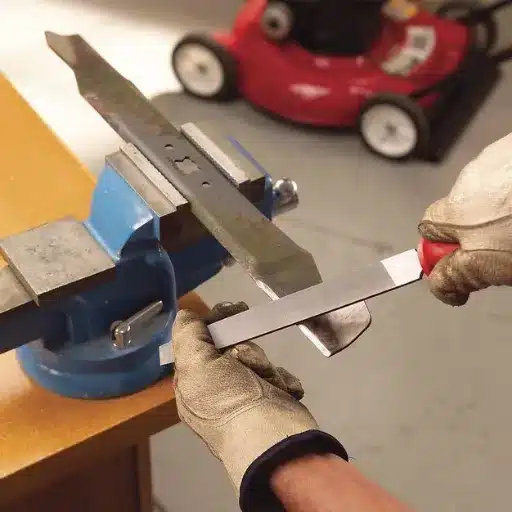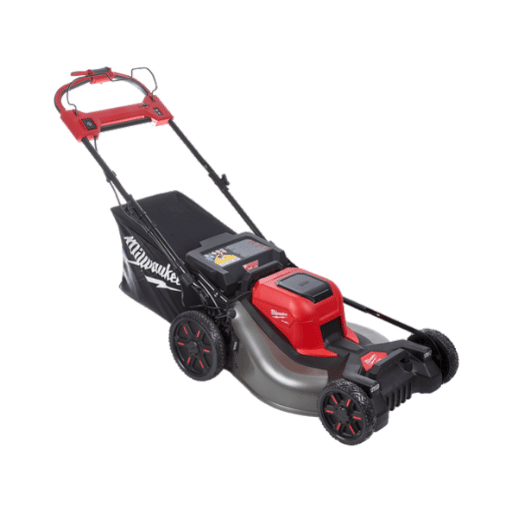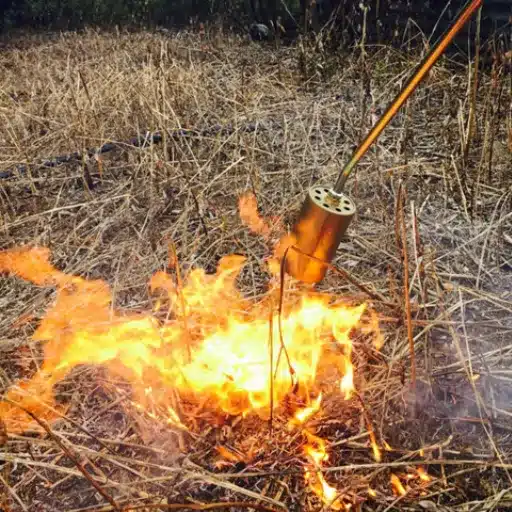🏒 Quick Answer: A Zamboni machine resurfaces ice rinks by shaving off the rough top layer, collecting ice shavings, and laying down a thin layer of warm water that freezes to create a perfectly smooth skating surface. This process transforms damaged, uneven ice into a pristine surface in just minutes.
Maintaining a perfect ice surface for skating, hockey, or curling requires more than just freezing water—it demands skilled professionals and specialized equipment, such as the Zamboni. This essential machine ensures ice remains perfectly smooth, safe, and ready for action, whether for professional games or recreational skating. But how exactly does a Zamboni work, and why is it so crucial for ice rink maintenance? This article delves into the fascinating world of ice resurfacers, examining their purpose, mechanics, and the vital role they play in creating the perfect ice surface we often take for granted.
🏛️ History and Introduction to the Zamboni
The Zamboni Legacy

The Zamboni Legacy
What is a Zamboni?
A Zamboni is a specialized ice resurfacing machine that maintains the quality of ice in skating rinks. The name “Zamboni” has become synonymous with ice resurfacing, much like “Kleenex” for tissues, though it’s actually a trademarked brand name. These machines perform four critical functions simultaneously:
- 🔪 Ice Shaving: Removes the rough, damaged top layer of ice
- 🗑️ Debris Collection: Gathers ice shavings and snow into an onboard tank
- 💧 Water Application: Spreads warm water to fill scratches and create a new surface
- ✨ Surface Smoothing: Levels the water to create a perfectly smooth finish
⚙️ How Does a Zamboni Work?
The Zamboni’s operation is a marvel of engineering that combines multiple processes into one seamless operation. Understanding this process helps appreciate the complexity behind what appears to be a simple task.
The Four-Step Process
1Ice Shaving
A sharp, vertically mounted blade shaves off a thin layer of damaged ice, removing rough patches, scratches, and imperfections from the surface.
2Snow Collection
An auger system collects the shaved ice (called “snow”) and deposits it into an onboard storage tank for later disposal.
3Water Application
Warm water is sprayed evenly across the freshly shaved surface, filling in minor scratches and bonding with the existing ice layer.
4Surface Finishing
A squeegee removes excess water and debris, leaving behind a clean, smooth surface that freezes into perfect skating ice.
Step-by-Step Zamboni Operation
- Pre-Operation Preparation
- Check water levels in the wash and flood tanks
- Inspect the ice surface for areas needing special attention
- Verify blade sharpness and position
- Machine Startup
- Start engine (gas/propane) or activate electric motor
- Perform safety checks
- Ensure all systems are operational
- Ice Shaving Process
- Lower blade to the appropriate depth
- Begin systematic coverage of the ice surface
- Monitor blade performance and adjust as needed
- Snow Collection and Water Application
- Auger collects ice shavings continuously
- The warm water system activates automatically
- Brush system cleans rink edges
- Precision Leveling
- Advanced models use laser-guided systems
- Ensures consistent ice thickness
- Maintains a perfectly flat surface
- Post-Operation
- Empty snow tank at the designated disposal area
- Clean and maintain equipment
- Prepare for the next resurfacing session
🔧 Key Components of a Zamboni Machine

A Zamboni is a sophisticated piece of machinery with multiple components working in perfect harmony:
🌪️ Augers
Rotating screws that scoop ice shavings and transport them to the storage tank with remarkable efficiency.
🔪 Cutting Blade
An ultra-sharp blade positioned under the machine that shaves irregular ice to create an even surface. Depth is adjustable based on ice conditions.
🗃️ Snow Tank
Large storage compartment that holds ice shavings and snow, designed for easy emptying after each operation.
🚿 Wash Water System
Sprays water onto the ice surface to collect fine debris and ensure a clean finish before final resurfacing.
🌊 Flood Water System
Applies heated water for the final surface layer, filling cracks and creating the smooth, polished finish skaters need.
🧹 Cleaning Brush
Collects debris and snow from rink edges, ensuring complete surface coverage and uniformity.
⚡ Propulsion System
Either a combustion engine (gasoline/propane) or an electric motor. Electric models are increasingly popular for environmental reasons.
📡 Laser Leveling System
An advanced computer-controlled system that ensures precise ice thickness and consistent surface quality across the entire rink.
👨🔧 The Role of a Zamboni Driver

The Zamboni driver is a skilled professional responsible for maintaining perfect ice conditions. This role requires a unique combination of technical expertise, precision, and understanding of ice science.
Essential Skills for Zamboni Drivers
| Skill Category | Description | Importance |
|---|---|---|
| 🔧 Mechanical Knowledge | Understanding of machine components, troubleshooting, and basic repairs | Critical for equipment maintenance and problem resolution |
| 🎯 Precision & Attention to Detail | Ability to monitor ice thickness and make accurate adjustments | Essential for consistent ice quality and safety |
| ⏰ Time Management | Working efficiently under tight schedules during events | Crucial for minimizing delays in scheduled activities |
| 🧭 Spatial Awareness | Navigation skills for tight turns and complete surface coverage | Necessary for thorough and safe operation |
| 🧊 Ice Science Knowledge | Understanding how temperature, humidity, and water quality affect ice | Fundamental for optimal ice conditions |
Daily Responsibilities
- Ice Surface Maintenance: Regular resurfacing to maintain smooth, safe conditions
- Equipment Inspection: Daily checks of blades, water tanks, and engine systems
- Environmental Monitoring: Tracking temperature, humidity, and traffic patterns
- Facility Maintenance: General ice arena cleaning and minor repairs
- Event Support: Setting up sports line markings and assisting with special events
- Customer Service: Answering questions and educating visitors about the process
🏒 Impact on Ice Quality and Performance
Optimal Ice Conditions

Optimal Ice Conditions
The quality of ice directly affects skating performance, safety, and enjoyment. Professional-grade ice requires specific conditions:
Optimal Temperature Range: 22°F to 24°F (-6°C to -4°C)
- 🏃♂️ Enhanced Speed: Smooth ice reduces friction, allowing faster skating
- 🎯 Better Control: Even surfaces provide predictable traction and turning
- 🏒 Improved Puck Movement: Consistent bounces and gliding in hockey
- 🛡️ Increased Safety: Fewer falls and injuries from surface irregularities
Resurfacing Frequency and Timing
📅 Typical Resurfacing Schedule
- Professional Hockey (NHL): Every 20 minutes of gameplay
- Recreational Skating: Every 60-90 minutes during heavy use
- Figure Skating Events: Between performances or practice sessions
- Youth Hockey: Between periods and games
- Public Sessions: Every 2 hours or as needed
🌱 Environmental Impact and Modern Innovations

Modern Zamboni operations increasingly focus on sustainability and environmental responsibility.
Eco-Friendly Practices
🔋 Electric Zamboni Models
- Emission Reduction: Up to 90% less CO₂ compared to fuel-powered models
- Noise Reduction: Quieter operation for better user experience
- Energy Efficiency: Lower operating costs and maintenance requirements
- Lithium-Ion Technology: Longer battery life and faster charging
💧 Water Conservation Technologies
- Recycling Systems: Treatment and reuse of water for ice maintenance
- Smart Sensors: IoT connectivity for optimal resource usage
- Purification Systems: Higher quality ice with fewer resources
- Water Savings: Some facilities save thousands of gallons annually
🌍 Green Refrigeration Systems
- Low GWP Refrigerants: Environmentally friendly cooling agents
- Energy Monitoring: Real-time tracking reduces consumption by 15-20%
- Smart Controls: AI-driven optimization for efficiency
Emerging Technologies
🤖 Future Innovations
- AI Integration: Machine learning for real-time ice condition analysis
- Autonomous Operation: Self-driving Zambonis for enhanced safety and precision
- Renewable Energy: Solar and hydrogen fuel cell-powered machines
- IoT Connectivity: Connected rinks sharing data for optimized maintenance
- Predictive Maintenance: AI-powered systems predicting equipment needs
References
-
Pure Hockey – How Does a Zamboni Work?: A detailed explanation of how Zamboni machines operate, including their functionality in ice resurfacing.
-
Wikipedia – Ice Resurfacer: A comprehensive overview of ice resurfacers, including Zamboni machines, their purpose, and how they work.
❓ Frequently Asked Questions
🎯 Conclusion
The Zamboni machine represents a perfect blend of mechanical engineering, environmental consciousness, and practical innovation. From Frank Zamboni’s original 1949 invention to today’s electric, AI-enhanced models, these machines continue to evolve while maintaining their core mission: creating the perfect ice surface.
Understanding how a Zamboni works helps us appreciate the complexity behind what appears to be a simple task. The combination of ice shaving, debris collection, water application, and surface finishing requires precision, timing, and expertise that skilled operators provide on a daily basis.
As technology advances, we’re seeing exciting developments in sustainability, automation, and intelligent systems that promise to make ice resurfacing even more efficient and environmentally friendly. Whether you’re a hockey player, figure skater, or simply someone who enjoys recreational skating, the smooth ice beneath your skates is a testament to the ingenuity and dedication of both the machines and the people who operate them.









